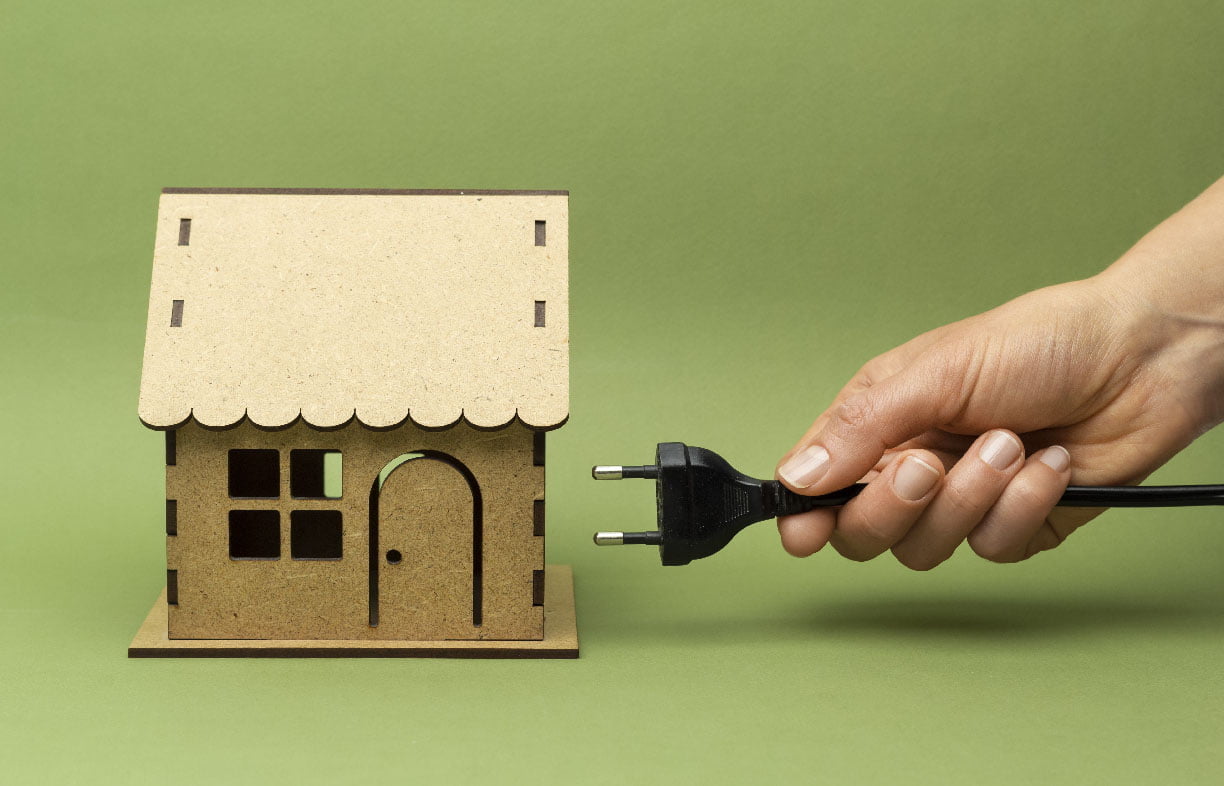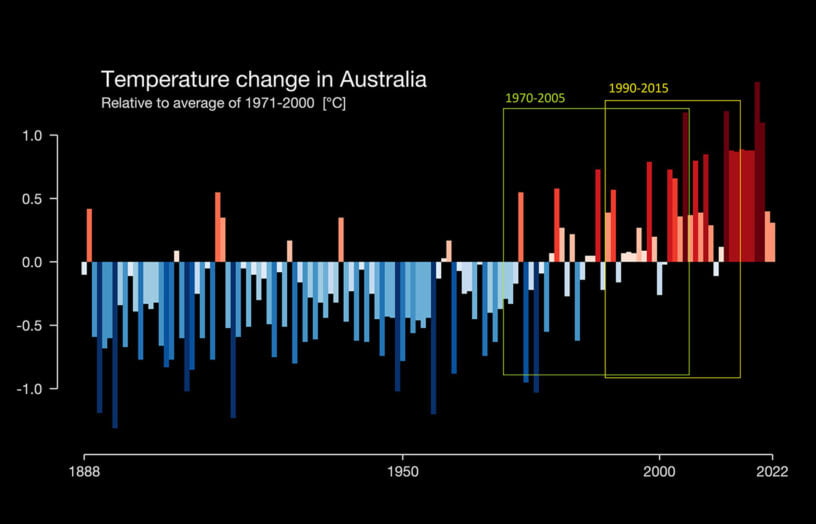Bringing everyone along in the energy transition

Renew’s policy and advocacy manager Rob McLeod and sustainability researcher Rachel Goldlust explain the government policies helping make the transition off gas possible, and outline what’s still needed to get everyone over the line.
Rising energy prices are having a major impact on Australia’s households and broader economy, and the pain is set to continue. From July 1, regulated tariffs are set to rise by over 20% across the National Energy Market—likely adding hundreds of dollars to household energy bills.
Rising cost pressures make home electrification even more appealing: even though both electricity and gas prices are rising, Renew’s analysis finds that the biggest overall bill increases will fall on homes connected to gas, while efficient, all-electric homes with solar are relatively protected (see Renew 162). Investing in home energy upgrades and getting off gas pays for itself over time.
But the reality is that not everyone can make the switch without support. The upfront cost of replacing expired gas appliances, energy efficiency improvements, or rooftop solar is too high a barrier for many households. Meanwhile, the 30% of Australian households that rent are dependent on landlords to pay these costs, and the evidence shows that this is not happening at scale. Perversely, the households who are under the most energy bill stress are often least able to take the steps to reduce bills through electrification and energy efficiency.
Government policy is needed to address the problem. At a minimum, this must include help to meet the upfront costs of electrification, removing existing barriers, and ensuring clear regulations and protections for consumers.
Recent announcements do offer positive signs. The federal government’s second budget was heralded in some circles as our ‘first electrification budget.’ As a condition of Greens support in the Senate for wholesale energy price caps in late 2022, the government committed to a funding package for electrification and energy efficiency retrofits for low-income households and renters.
The major headline was the $1 billion investment into a Household Energy Upgrades Fund. This package will be funnelled through the Clean Energy Finance Corporation who will partner with banks and other lenders to offer low interest loans for households and small businesses to install solar, upgrade to more efficient appliances as well as make energy efficiency improvements, such as insulation or double glazing.
A further $300 million was pledged for energy retrofits for social housing; this necessary measure will be subject to agreements with state and territory governments for matched funding. Already some jurisdictions have taken important steps to lift the energy standards of social housing stock: for example, Victoria is replacing gas with reverse cycle air conditioners in public housing and has committed to all-electric 7-Star standards in new builds.
Critical funding was also provided for an expansion of the Nationwide House Energy Rating Scheme (NatHERS) to include existing homes, appliances, and solar. The expansion not only allows for better consumer information, but also provides a tool for banks and the broader finance sector to start measuring the indirect emissions of their home loan lending.
All these measures are set to form part—a “down payment” in government language—of a new National Energy Performance Strategy, which is expected to set targets for energy efficiency and performance, including in the context of household electrification. Electrification of households requires more cheap, clean, renewable energy, and earlier in the month Energy Minister Chris Bowen stated we urgently need 60 million more household solar panels installed on Australian homes in the next seven years.
There is widespread support for action: a recent national poll commissioned by Solar Citizens revealed the vast majority (79%) of Australians want federal government assistance for ongoing energy bill relief through access to cheaper, smarter and cleaner household solar.
While the budget announcements are very welcome—and indeed represent the most significant support for home retrofits in years—a major question remains about whether they will benefit renters, who are increasingly suffering as rents and utility costs continue to rise. Mandatory minimum standards and tailored government support are needed to ensure renters do not miss out on the ongoing, year in, year out energy bill relief that solar and energy efficiency can provide.
In the lead-up to the formal budget release there was a significant focus on cost-of-living measures, including electricity bill relief that will be distributed to eligible customers by electricity retailers from July. The direct bill relief is not tied to retrofits or electrification, but does provide an important immediate response to energy stress. The rebates are expected to deliver up to $500 to an estimated five million low-income households and $650 to one million eligible small businesses.
This contribution will go some way towards helping the average annual household bill of around $2000. Payments will commence from July and will be paid automatically by retailers for customers already receiving energy concessions and rebates. Other eligible customers will be contacted by the government in September advising them how they can receive the payment.
States and territories also provide a range of incentives, rebates, and no-interest loans for renewables, efficient electric appliances, and energy efficiency. (You can find a list of rebates at gettingoffgastoolkit.com and in issue 158 of Renew.)
In some places, even the cost of disconnection itself is a disincentive. A full and permanent removal of gas pipes to the mains—known as abolishment—can come with eye-watering charges of over $1000 on some networks. In June of this year the Australian Energy Regulator determined that for Victorian networks this price was to be capped at $220 to disconnecting households (with the remainder of the cost of removing pipes to be ‘socialised’ across remaining gas customers via bills).
Regulations in other states are likely to follow a similar path when reviewed. Meanwhile, many customers report lower costs or even no charges at all for permanent or temporary disconnection.
Reducing the cost and the upfront barriers to electrification is important, and governments need to continue. But this focus is only one part of the response needed to the justice issues presented by household electrification. Currently, there is a very real chance of the gas network entering a classic death spiral: as more and more people get out, those who are left behind pay more, in turn creating a feedback loop of higher incentives to get out if you can. The households who are least able to switch—disproportionately on low incomes—risk being locked into the highest costs.
The best chance we have for a fast energy transition on the scale we need is by building a strong social licence—and we won’t get there if it isn’t fair. It is incumbent on governments and policymakers to plan now and make sure that nobody is left behind in the energy transition.
Dr Rachel Goldlust is a researcher, writer, academic, and occasional natural builder working on Renew’s Getting Off Gas Toolkit and campaign. She is passionate about sustainable design, eco-living, and continues to research and publish on off-grid lifestyles and sustainable land use and housing.
Further reading
 Efficient homes
Efficient homes
Building for a changing climate
Are we building homes for the future, or for the past? Rob McLeod investigates how climate change is impacting home energy ratings and the way we build our homes.
Read more Efficient homes
Efficient homes
Gas and our health
Dr Ben Ewald uncovers the health effects of gas in the home.
Read more

